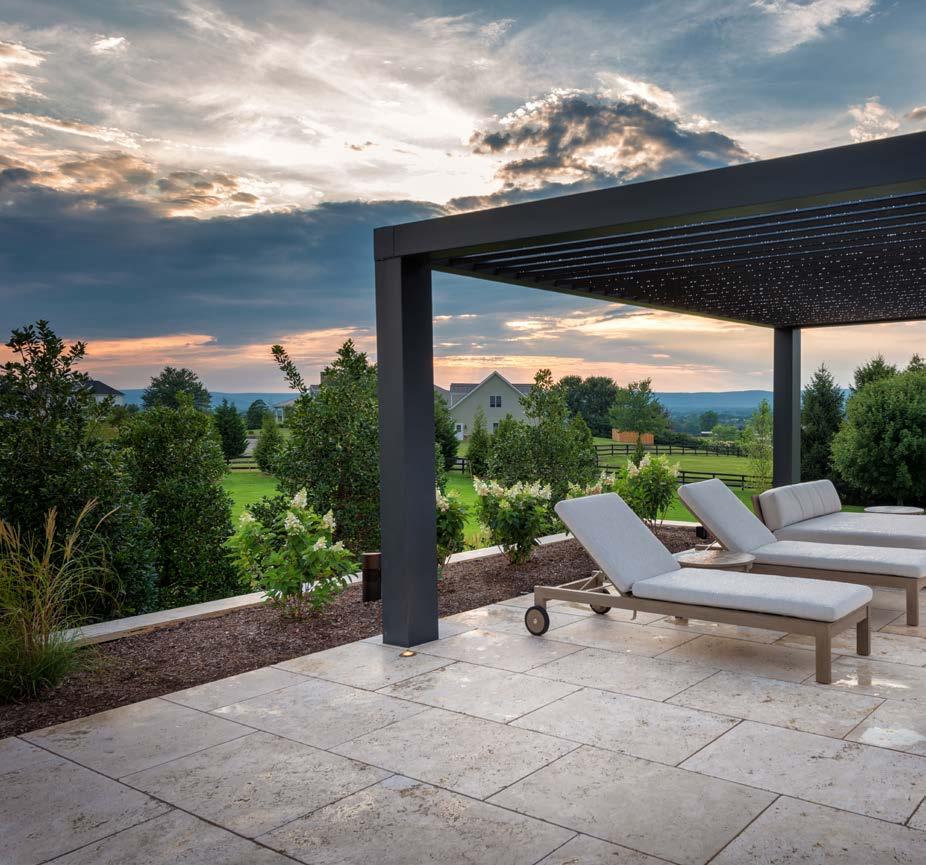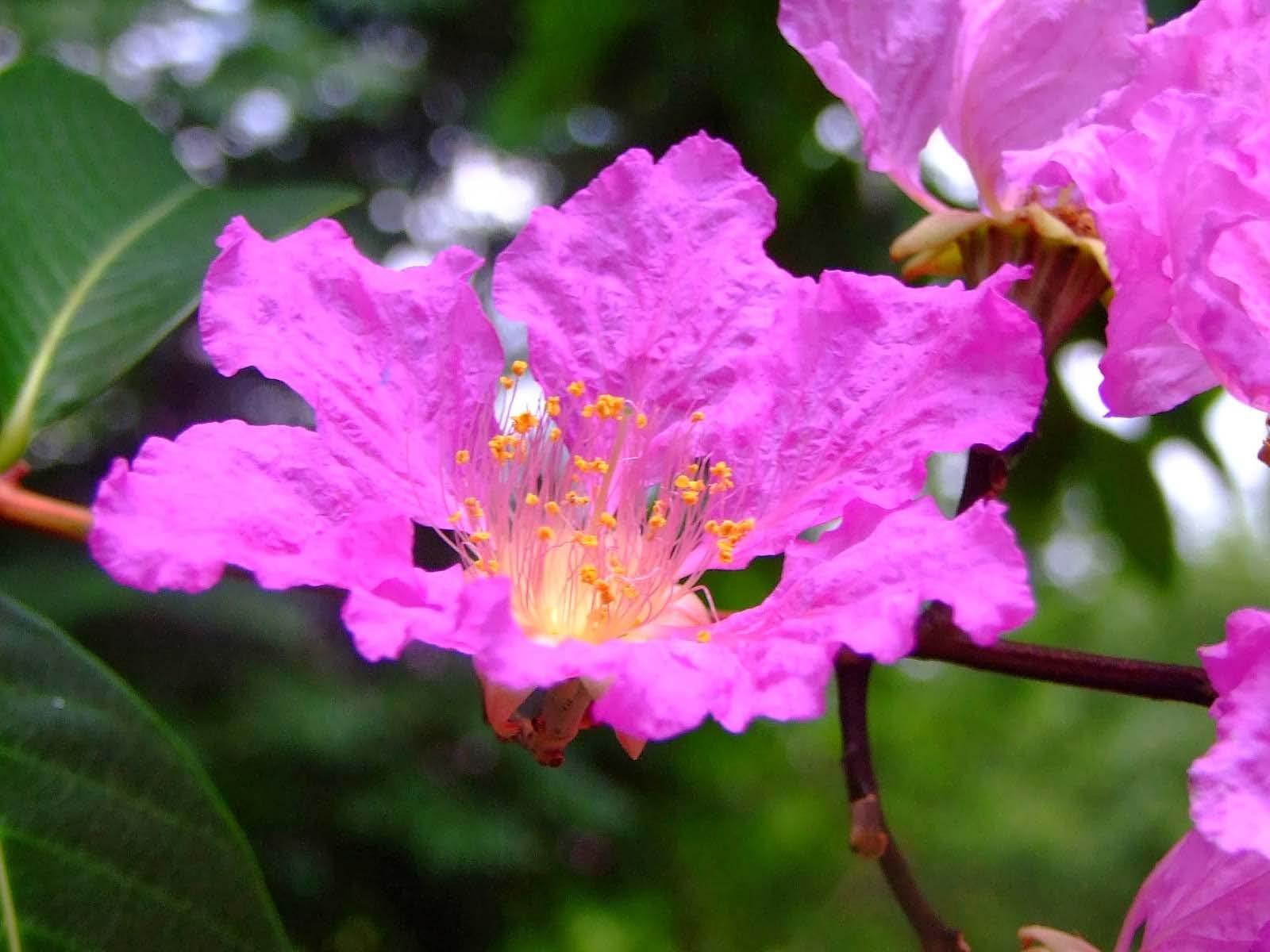Nanobubbles vs. Fountains vs. Submersed Aeration: What’s the Difference? By Bo Burns, Biologist and Market Development Manager, SOLitude Lake Management
Natural processes facilitate the exchange of dissolved oxygen (DO) at the surface of our lakes and stormwater ponds, allowing desirable life to thrive below. However, pollution, invasive aquatic weed growth and nuisance algae blooms can cover the surface of the water, preventing DO from reaching the areas that need it. The result—poor water quality, bad odors, bottom muck, massive fish kills, and potentially deadly toxic algae blooms. Luckily, several lake and pond aeration solutions are available to naturally correct imbalanced DO
conditions—each with their own unique benefits and limitations. Floating and architectural fountains are one option for aeration in lakes and ponds. In addition to serving as an aesthetic focal point, properly sized fountains provide essential water column mixing in shallow waterbodies. As fountain water falls from the air in pleasing patterns, it bursts across the surface, accelerating the release of submersed gases, helping to reverse nutrient pollution and introducing beneficial DO into the top layer of water. When the fountain is turned off, however, these benefits can subside.
Floating fountains provide aesthetic value and increase water circulation near the surface, making them an excellent management tool for shallow lakes and ponds.
Another form of aeration that is recommended in large lakes and ponds is submersed aeration. In contrast to fountains, submersed aeration systems utilize an on-shore compressor to pump air through subsurface tubes and diffusers that oxygenate and circulate the water from bottom to top. As bubbles rise from the depths to the surface, they increase DO throughout the waterbody and disrupt undesirable stratification. Like floating fountains, submersed aeration systems help convert nutrients to more diluted forms that cannot sustain nuisance aquatic weed and algae growth, though they do not directly target these infestations. For the best results, these systems should be placed in lower depths as they may not properly circulate shallow water. New aeration alternatives, like n a nobubble t e c h nolo g y, h ave helped maximize the benefits of both fountains and submersed aeration systems. Similar to “traditional” submersed aeration systems, nanobubbles are produced by compact on-shore generators, but they are about 1 million times smaller than ordinary bubbles and have a strong negative surface charge. As a result, they provide long-lasting oxygenation within the water column—and even the sediments—for up to 2-3 months without popping.
GROUNDWORK 1 9 M AY / J U N E 2 0 2 0







